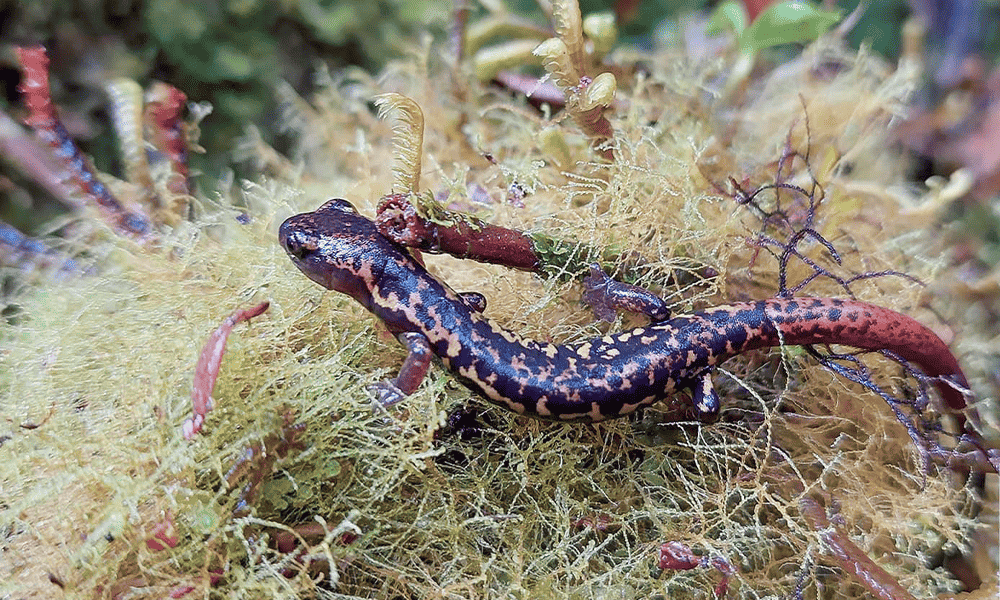A unique new species of salamander has been discovered dwelling in Costa Rica’s mysterious high-altitude cloud forests, scientists announced this week.
The salamander, named Bolitoglossa bolanosi, is a small long-limbed amphibian adapted to living under damp moss mats and bromeliads found in the country’s remote subalpine rainforest ecosystem known as páramo. Páramo exists only at altitudes over 10,000 feet in Costa Rica’s Talamanca Mountains.
“We have been searching for salamanders in the rugged Talamanca páramos for many years. This discovery highlights how much we still need to learn about the hidden biodiversity of these misty mountain cloud forests,” said lead study author Robin Gutierrez, a herpetologist at the University of Costa Rica.
Over a decade, Gutierrez and colleagues collected 19 Bolitoglossa bolanosi specimens in the Cordillera de Talamanca páramo. Genetic and morphological analysis confirmed the salamander as a new species endemic to Costa Rica’s highlands. The research was published in the journal Amphibian & Reptile Conservation this past December.
The salamander’s name honors Federico Bolaños, a pioneering Costa Rican herpetologist who helped mentor many of the country’s current generation of amphibian experts. “Bolaños contributed enormously to our scientific understanding of reptiles and amphibians nationwide,” Gutierrez said.
The study notes several distinctive physical features of B. bolanosi, including broad hands and feet and irregular dorsal markings rather than the vivid red or yellow patches common in related regional salamanders.
Bolitoglossa bolanosi is the only lungless salamander species found exclusively in Costa Rica’s remote high-elevation páramo habitat. These delicate cloud forest ecosystems harbor some of the country’s greatest biodiversity yet remain critically endangered.
“As páramo disappears more rapidly each year, so too do the unique species that inhabit them,” Gutierrez warned. “The fate of Bolaños’ salamander now depends entirely on how quickly we can protect Costa Rica’s few remaining páramo cloud forests.”






